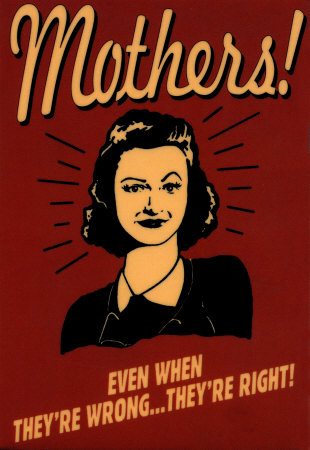I writing again about the need to make Burger King accountable for the objectionable television advertisement that it is broadcasting and to bring you up-to-date about my campaign to make the company pull this ad off the airways.
After writing about the ad in my Wednesday blog, I sent out appeals to four different mental health advocacy groups.
My friends, Bob Carolla and Ron Honberg at the National Alliance on Mental Illness, the largest grassroots mental health advocacy group in the nation, responded immediately. Bob, who heads up NAMI’s media relations, and Ron, its director of policy and legal affairs, told me that NAMI Executive Director Mike Fitzpatrick already had written a letter complaining to Burger King.
Mike had mailed it March 4th, but Burger King’s Chief John W. Chidsey had not had the courtesy of responding. (Mike’s letter is attached at the end of this blog.)


 Life threw me a curve ball a few days ago when my mother stepped into my office and said she could no longer read the dial on her over-sized watch.
Life threw me a curve ball a few days ago when my mother stepped into my office and said she could no longer read the dial on her over-sized watch. Since the publication of my book,
Since the publication of my book, .jpg)



